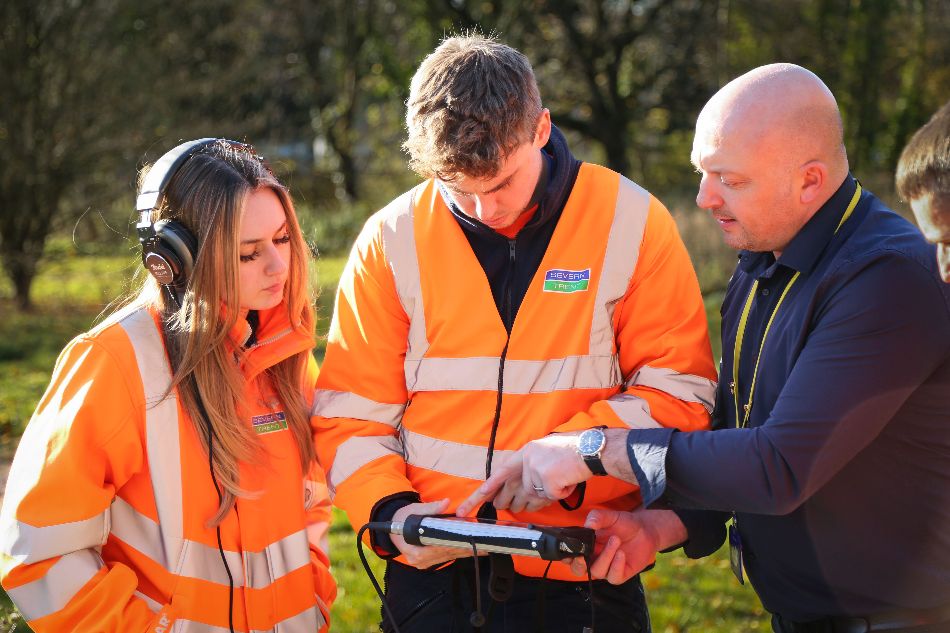New data from Centre for Cities’ High Streets Recovery Tracker shows that the recovery of high streets stuttered in June as footfall fell back across the UK – raising concerns about the UK economy’s bounce-back from Covid restrictions.
Seaside and tourist destinations saw the sharpest drops in visitor numbers between the end of May and end of June, with visitors to central Blackpool and Bournemouth falling by almost half. Meanwhile, weekend visitors to other tourist destinations such as Brighton, York and Edinburgh also fell steeply.
Overall weekly footfall numbers fell by the end of June in 62 of the 63 city and town centres studied. On average, overall footfall in large city and town centres fell by seven percentage points.
|
City or large town (selected seaside and tourist destinations) |
Weekend footfall Fall in footfall from last weekend of May to last weekend of June (percentage point) |
Weekly footfall Overall fall in footfall from end of May to end of June (percentage point) |
|
Blackpool |
-45 |
-18 |
|
Bournemouth |
-45 |
-15 |
|
Brighton |
-39 |
-16 |
|
Southend |
-36 |
-12 |
|
York |
-28 |
-14 |
|
Portsmouth |
-25 |
-12 |
|
Oxford |
-23 |
-10 |
Pubs, bars and restaurants are also likely to have taken an economic hit as night-time visitors to city and town centres fell by six percentage points between the last weekend of May and last weekend of June.
Despite the fall, small and medium city and town centres continue to have seen the strongest recovery overall since restrictions were lifted, while bigger cities continue to struggle. Southend, Blackpool and Basildon have come back strongest, with footfall being more than 70 per cent of February 2020 levels but London and other large city centres lag a long way behind – footfall in the centre of the capital was at just under a third of February 2020 levels.
|
Rank |
City or large town |
Overall footfall recovery in last week of June (February 2020 = 100) |
|
Top 10 |
||
|
1 |
Southend |
81 |
|
2 |
Blackpool |
77 |
|
3 |
Basildon |
72 |
|
4 |
Chatham |
72 |
|
5 |
Burnley |
72 |
|
6 |
Aldershot |
71 |
|
7 |
Mansfield |
69 |
|
8 |
Gloucester |
68 |
|
9 |
Wigan |
68 |
|
10 |
Barnsley |
67 |
|
Bottom 10 |
||
|
54 |
Milton Keynes |
50 |
|
55 |
Liverpool |
50 |
|
56 |
Nottingham |
49 |
|
57 |
Aberdeen |
48 |
|
58 |
Cardiff |
46 |
|
59 |
Leeds |
46 |
|
60 |
Glasgow |
43 |
|
61 |
Manchester |
41 |
|
62 |
Birmingham |
41 |
|
63 |
London |
33 |
Centre for Cities’ Chief Executive Andrew Carter said: “Much discussion in the lead up to restrictions being lifted was about the amount of pent up demand that lockdowns had created, and the likely splurge in spending as a result. But while there was an initial jump, the data suggests this may have faltered.
“The weather and growing Covid-19 cases may be reasons for this, but with the end of the furlough scheme is in sight, high street businesses and workers will be hoping that the removal of restrictions on 19th July will help to sustain the high street’s recovery and bring more people back to the centre of our cities.”

















